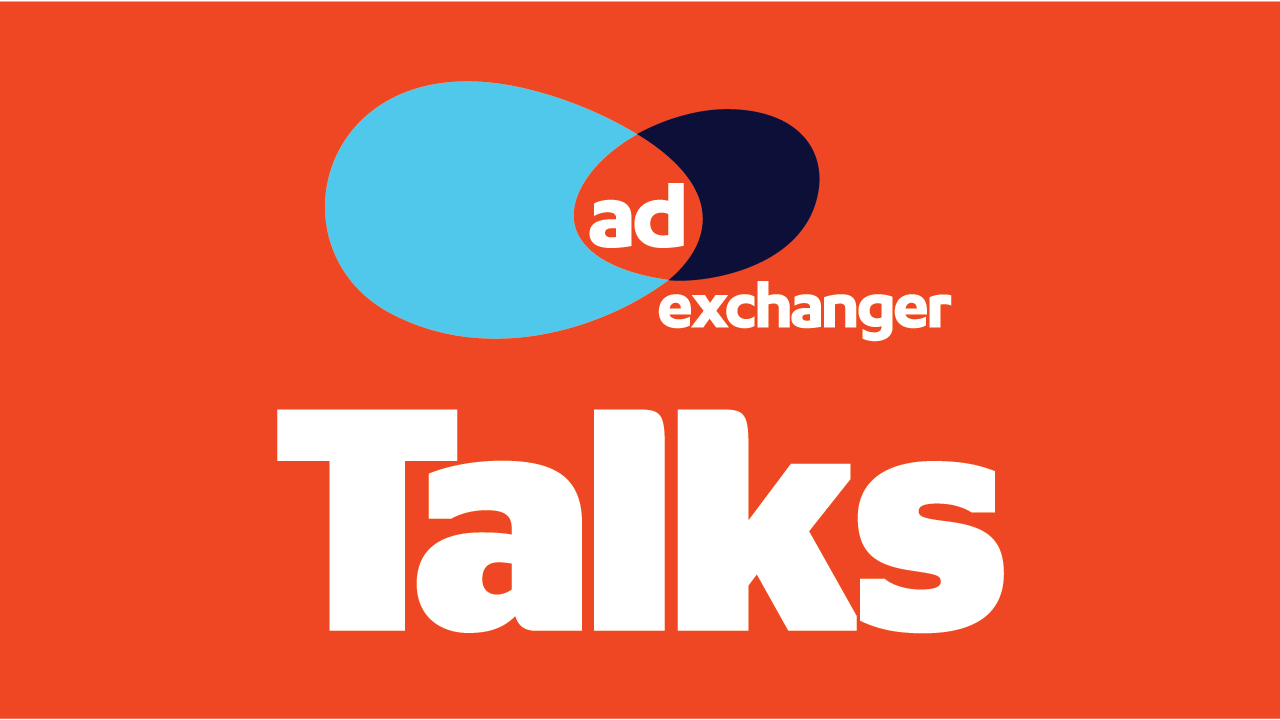
Welcome to AdExchanger Talks, a podcast focused on data-driven marketing. Subscribe here.
Roku is that rare startup that can go up against tech behemoths like Google, Apple and Amazon and win. It has more share in the TV streaming player market than any of those companies individually. Moreover, revenue from advertising and media represents a key part of its growth story, contributing more than $100 million in 2016 revenue.
This week on the podcast, SVP and platform GM Scott Rosenberg tells the Roku story and describes in detail the ad model that has helped propel the company to a post-IPO valuation of more than $4 billion.
Early on, he says, “We realized that the fastest-growing segment of channels on our platform [is] ad-supported channels.” These were either free or dual-revenue stream channels that sold 15- and 30-second spots. To capitalize on that consumer trend, “we chose to start integrating ad tech directly into our advertising system and moreover start negotiating for a share of advertising inventory in those channels.”
Just like an MVPD in the linear TV space, Roku asks programmers to allot a certain percentage of inventory per hour as part of their carriage deals on its platform. It worked: Roku’s platform business (including content and ads) now supplies 90% of the company’s profits, and advertising accounts for two-thirds of the platform business.
Also in this episode: The value of Roku’s data, the future of OTT ads and the outlook for TV ad tech as a whole.
This post was syndicated from Ad Exchanger.

More Stories
Scroll Media boosts in-game advertising with new feature
Kiwi filmmaker spotlights media struggles at top global awards
T-Mobile Has Appointed Kristin Harrer As Senior Vice President and Chief Brand Officer